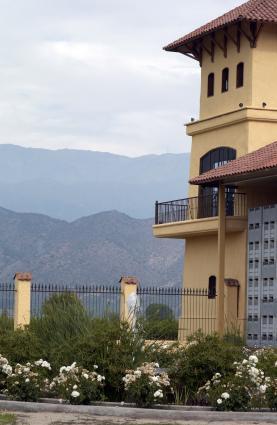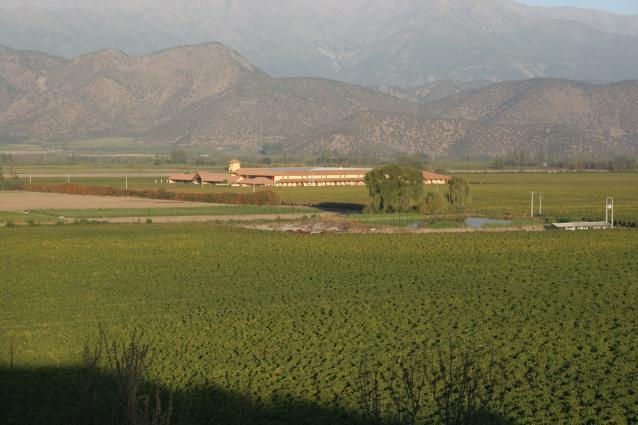Cousiño-Macul Antiguas Reservas Chardonnay

Wine Description
Cousiño-Macul's first Antiguas Reservas Chardonnay was made in 1969. Since then, this trademarked designation applies to a selection of Chardonnay that represents the finest of the vintage. The selection process starts in the vineyard with the restriction of the yield per vine and continues throughout the winemaking process.
 Acclaim
Acclaim
 Vineyard & Production Info
Vineyard & Production Info
 Winemaking & Aging
Winemaking & Aging
 Analytical Data
Analytical Data
 Wine Production
Wine Production
After a careful hand-picking that began the first days of March, the grapes were brought to the winery, passed through a bunch selection and subsequently pressed. A small percentage of the juice is fermented in new French oak barrels and matures in them for about 6 months. The remaining mixture is fermented in stainless steel in order to enhance and respect the fruit flavors of this strain. Before being bottled we proceed to the mixing of the components, and the wine is then clarified and filtered.
 About the Vineyard
About the Vineyard
Season 2016-2017 had higher temperatures than average, which produced a faster ripening and earlier harvest. Its main characteristics were low yield, good health conditions and good quality of the fruit. The decision of harvesting earlier was key for this season and allowed the wines to achieve excellent quality, moderate acidity and expressive aromas.





